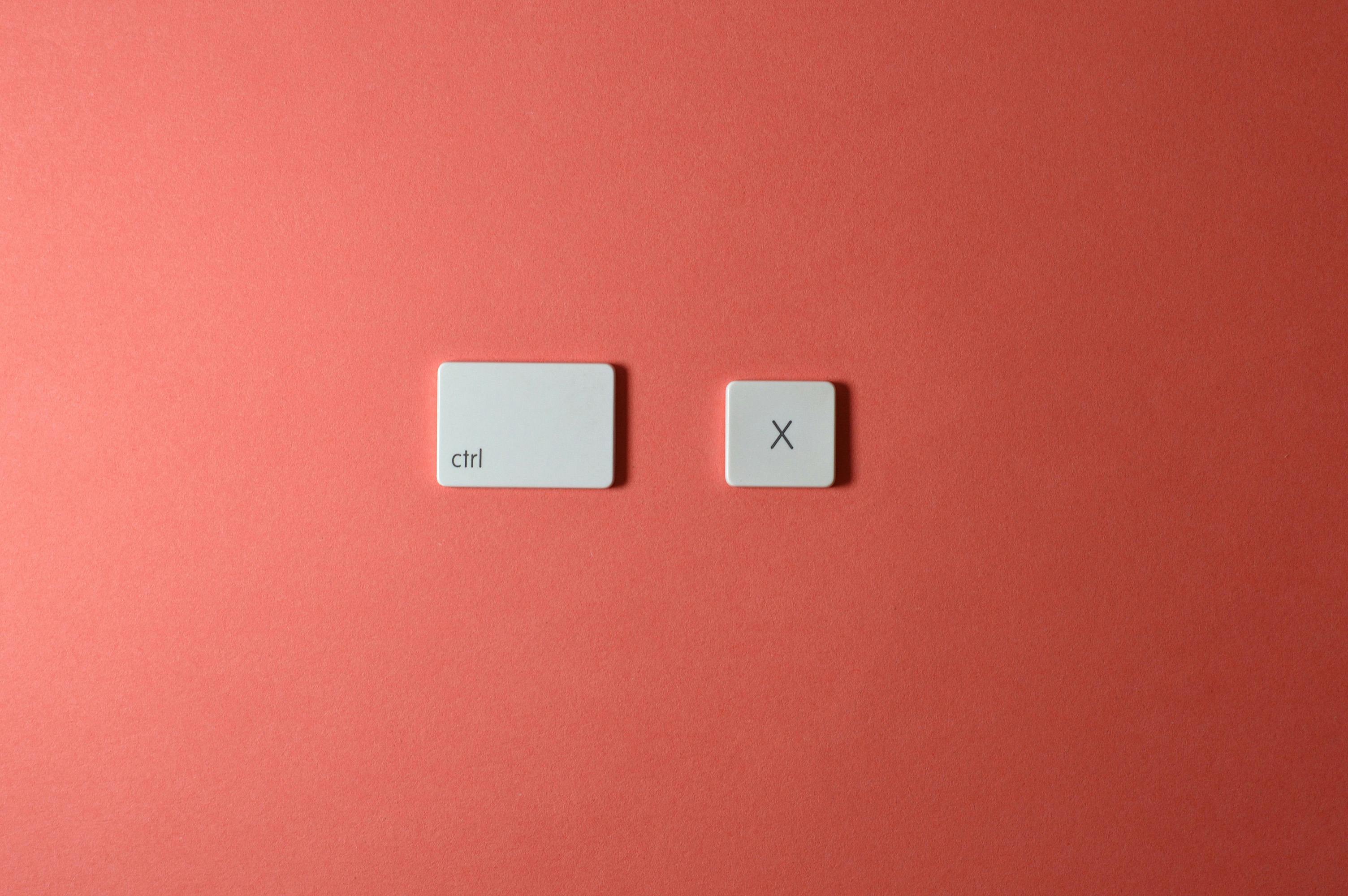Flashbacks are tools for the fiction writer to add depth and interest to a story, as they can be part of any writing of any genre and type. Flashbacks are important to the drama of the story, because they bring the reader into the lives of the characters on an emotional level and allow them to enter into the thoughts, feelings, and expectations of the characters.
The main obligation of the flashback is to take the readers to the past when that moment or place in the past is very important for the plot and for the present and future of the characters. Similarly, the flashback should help the reader understand the story. The reader’s understanding generally matches the writer’s understanding of their characters and their situations. If a writer hasn’t fully developed their characters in their mind, flashbacks can risk being irrelevant to the story.
Let’s say, in a very short story, a character named Mike eats a liter of ice cream in one sitting and remembers, in a flashback, his mother serving him ice cream. Then Mike goes to work with the CIA and discovers that his best friend is a mole. After some incidents, he shows his bosses who the mole is. Here, the ice cream incident and the accompanying flashback have nothing to do with the discovery of the mole, so it should not be included in the story of Mike’s mole discovery, even if the writer can imagine it. helps bring out the soft side of this character.
One way to bring flashbacks to a story is to give them in total at the beginning as a prologue, an introduction, or an introductory chapter. The advantages of total flashbacks are:
o Total flashbacks allow you to tell the story without stopping the action.
o They give the story a chronological order.
o During the narration, critical data from the backstory serve to add depth to the story.
o Writing the total flashback is easy for the writer. Once you’re done with the flashback backstory, telling the real story becomes easy.
The downside of full flashback at the beginning of a story is that it can bore the reader with the long past, rather than leading him into the action of the story and the present tense of the story.
Another way to insert flashbacks into a story is to include them in several large chunks within the story. The film industry can use cut offs for this; however, when writing pure fiction, large snippets work best only in slow-moving stories. If the writer is telling a fast-paced story in any genre, he should avoid the large snippets of flashbacks.
Also, this type of flashback is best used by signaling its beginning and end in some way or possibly by italicizing the flashback. As for the dialogue in a large part of flashback, it can be summarized, if possible.
A third way to insert flashbacks into the story is to insert small flashback snippets, possibly in a sentence or two where needed. The advantages of this technique are:
o The writer has flexibility in telling the story, in terms of how to tell it and how much it will let the reader know.
o The writer can weave critical information and background material anytime he wishes.
o You can use it to increase suspense or to attract the reader’s curiosity.
o You can create layered characters while writing the true story.
On the downside, if the writer doesn’t handle it well, this technique can make the reader mistake the past for the present.
Some points to pay attention to when creating flashbacks are:
o The content of the flashback should not be more exciting than the true story.
o A flashback works best if it follows an intense scene.
o The writer must guide the reader at the beginning of the flashback in time and space. If the flashback transition is not written properly, the past and present can become a jumble in the reader’s mind.
o During the review process, it may be necessary to skip minor incidents in flashbacks and trim existing ones.
o In terms of use, the writer may want to use verb tenses to mark the beginning and end of a flashback. If the story is told in the present tense, the entire flashback may be in the past tense. If the story is told in the past tense, the flashback can start with the past perfect to signal the change, then the flashback can continue with the past tense again, so as not to abuse the heavy past perfect. Then the ending of the flashback can be maneuvered into the past perfect again before continuing the story with the past tense.
Some caveats about flashbacks are:
o The writer should not make the content of the flashback more interesting or longer than the actual story.
o The writer should not present the flashback as the first real scene in the story. This does not always work.
o Flashbacks within flashbacks run the risk of confusing the story and the reader who reads it, unless the writer is as experienced as John Updike.
o Too many and too long flashbacks tend to turn a story into an epic. If that is not the intention and there is a limit to the word count, the writer should be wary of long flashbacks.
o It is best to use flashbacks sparingly and discreetly as they tend to slow down the pace. An experienced writer will not use flashbacks beyond three-quarters of the true story.
